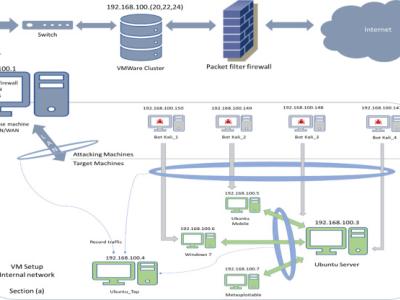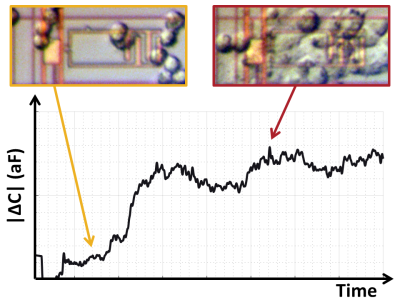
The proliferation of IoT systems, has seen them targeted by malicious third parties. To address this challenge, realistic protection and investigation countermeasures, such as network intrusion detection and network forensic systems, need to be effectively developed. For this purpose, a well-structured and representative dataset is paramount for training and validating the credibility of the systems. Although there are several network datasets, in most cases, not much information is given about the Botnet scenarios that were used.
- Categories:









